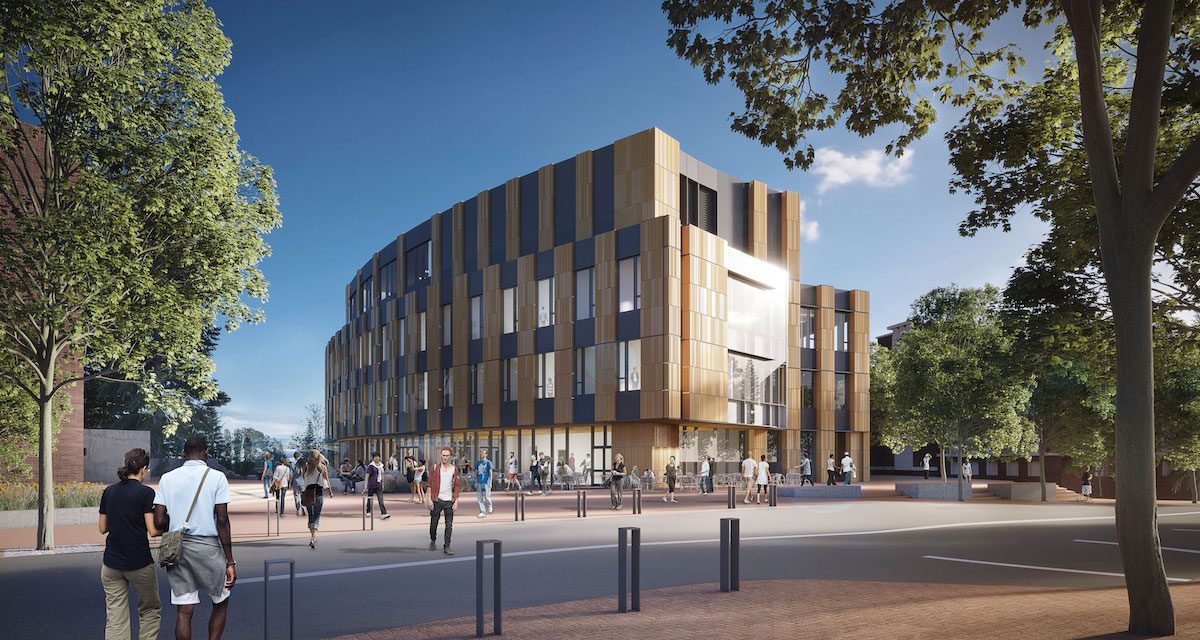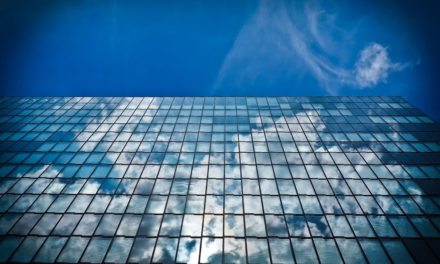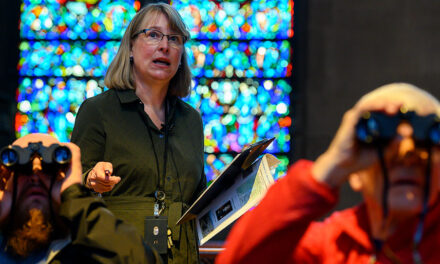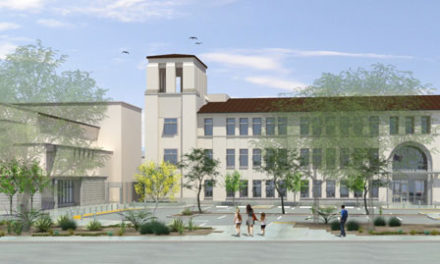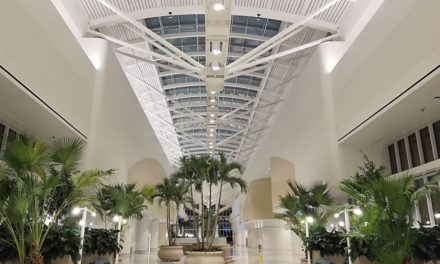Unique design encourages collaboration and spontaneous interaction
LMN Architects last week announced the unveiling of their design for the new Computer Science and Engineering Building, Phase 2 (CSE2) for the University of Washington. The new 138,000-square-foot facility will help meet the soaring demand for education in computer science, which has recently surpassed business as the most popular major at the University of Washington. CSE2 will complement the existing 165,000-square-foot Paul G. Allen Center for Computer Science & Engineering, also designed by LMN, which was completed in 2003.
Departing from the minimalist building aesthetic popularized by the tech industry, CSE2 will offer a welcoming and comfortable environment for students, researchers, and faculty—something very different from what is typically found in the private sector. The building will be wrapped with a two-sided, curving form that responds to existing site conditions, topography and campus circulation. The richly detailed and layered façade system proposed for the building is composed of textured terra-cotta panels floating in front of a striking black glass and metal skin. A middle layer of protruding aluminum fins will provide sun shading and glare control while mediating the depth of the composition.
Within the building, a variety of spaces—including classrooms, offices, and workrooms—are deliberately mixed and intermingled across five floors to encourage interaction between faculty and students from different specialties. Workrooms and offices will be pulled to the building edges, while the center of the building is open and defined by a large, central atrium providing visual and physical connections to all floors. An expansive skylight will top the atrium, bringing light deep into the heart of the building. A planned roof-level event center will take advantage of sweeping views of Lake Washington and the Cascade Mountains to provide a signature experience for a flexible range of conferences and functions.
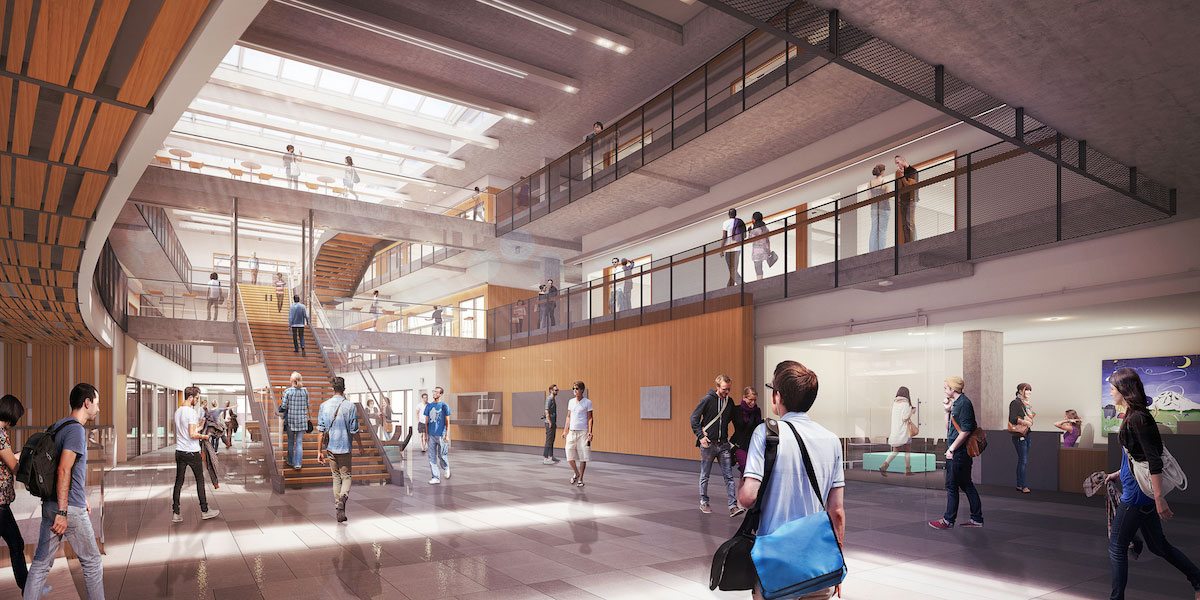
Rendering of the central atrium at CSE2. University of Washington. Courtesy of LMN Architects
“The design seeks to capture the unique culture of UW CSE, deliberately mixing research, office, collaboration, and social spaces in a dynamic composition that encourages the spontaneous interaction of its community,” notes Stephen Van Dyck, AIA, Partner at LMN Architects. “The playful rhythm of exterior materials—terra-cotta, metal and glass—will serve as a metaphor for the intertwined experiences contained within its singular form.”
A coffee shop situated along the busy Stevens Way thoroughfare will create a porous transition between the exterior landscape and the interior of the building and encourage informal interactions across the site and with the broader community. The project’s impact will extend beyond the immediate area to redefine campus movement through the engineering precinct—bringing a holistic approach to integrating campus circulation including cars, buses, pedestrians, and bicycles.
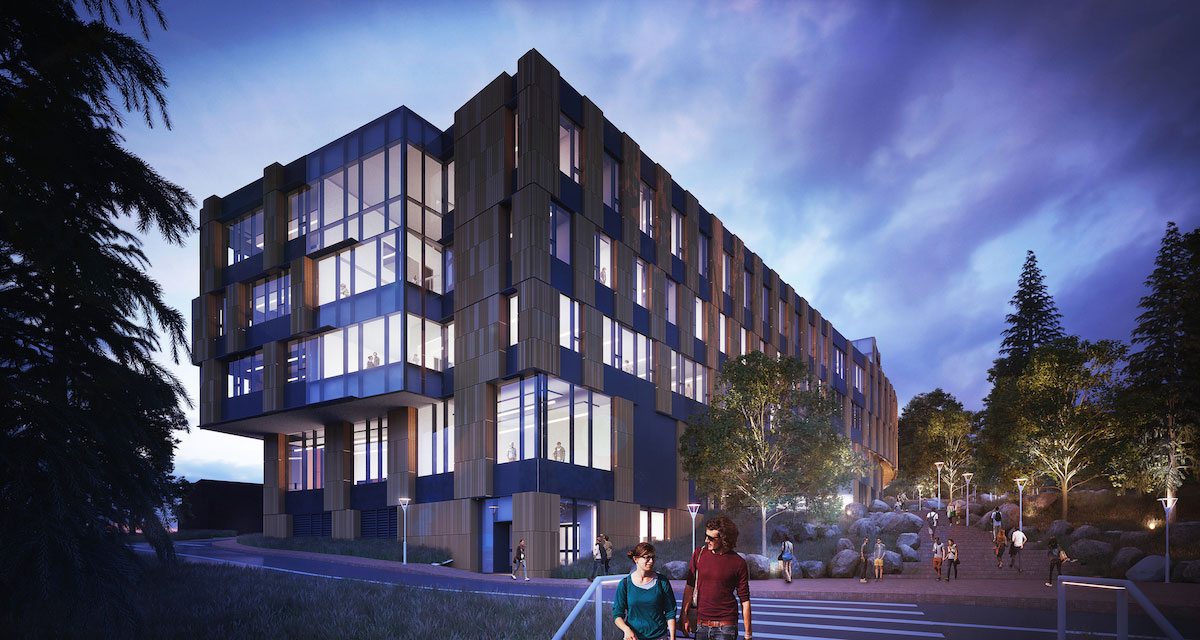
Rendering of CSE2, looking toward E. Stevens Way NE. University of Washington. Courtesy of LMN Architects
“The Paul G. Allen Center has exceeded our expectations in every way, enhancing our culture and enabling our rise to one of the nation’s premier computer science programs,” says Henry M. Levy, UW’s Wissner-Slivka Chair of Computer Science & Engineering. “LMN has done it again with CSE2, creating a dynamic environment where students, faculty and staff will work together to invent the future.”
The project, which is expected to be completed in early 2019, will target LEED Silver certification.
Project team
LMN Architects (architecture/interior design)
University of Washington, Facilities (owner)
Magnusson Klemencic Associates (structural)
Affiliated Engineers NW, Inc. (mechanical/plumbing)
Stantec (electrical/acoustics/audio visual)
Olin (landscape)
Mortenson (general contractor/construction manager)
About LMN
Seattle-based LMN Architects specializes in the planning and design of significant public and private projects, including educational facilities, convention centers, cultural arts venues, office buildings, hotels, transit stations, mixed-use developments and other urban environments that celebrate and enrich communities. The firm is the recipient of the 2016 American Institute of Architects Architecture Firm Award.

